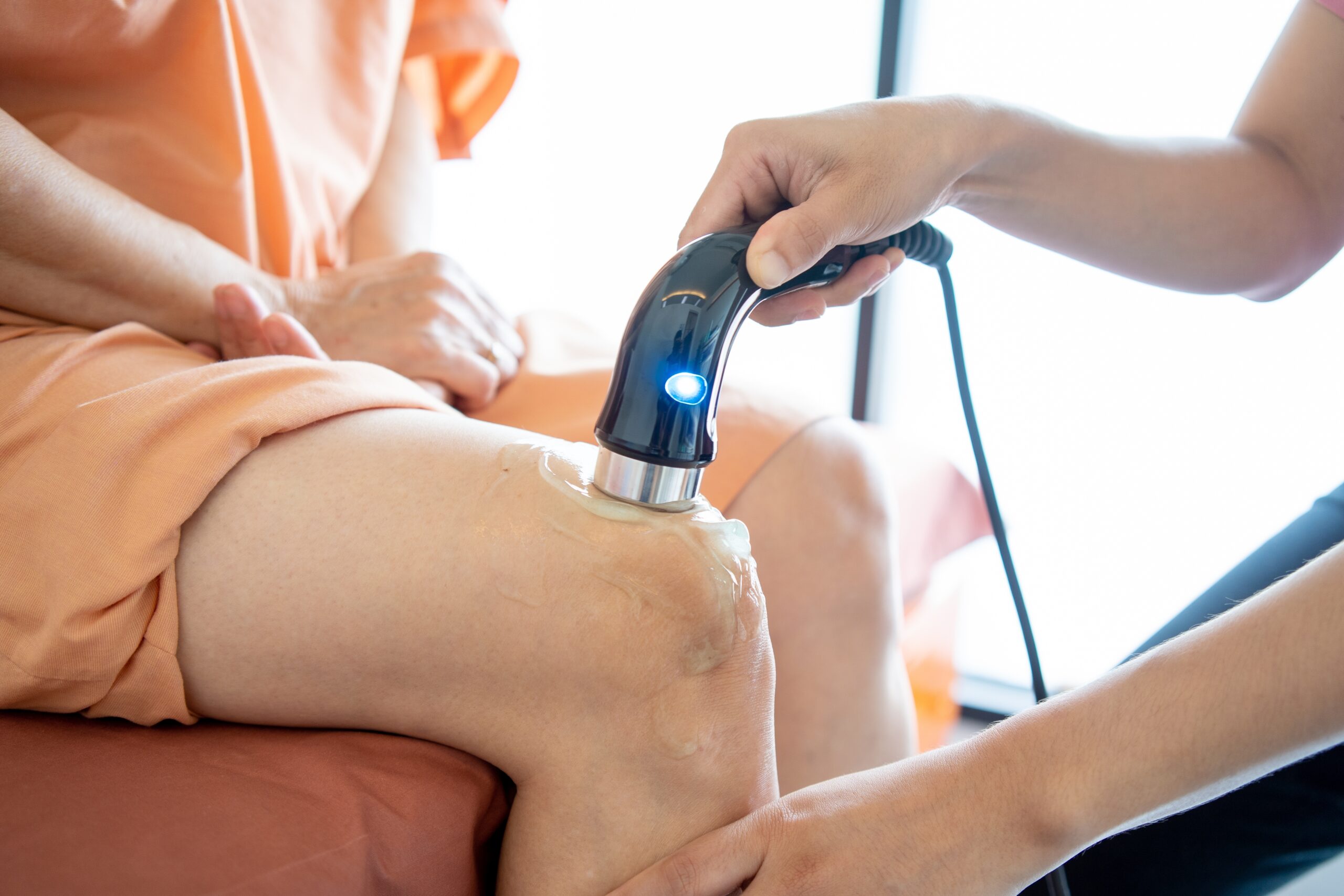Mobility aids play a crucial role in improving the quality of life for individuals with mobility
challenges, enabling them to navigate their surroundings with greater ease and
independence. In recent years, significant advancements in technology and design
have led to innovative solutions that address the diverse needs of users and enhance
their mobility experience. In this blog post, we’ll explore some of the latest innovations in
mobility aids and their impact on individuals’ daily lives.
Smart Walkers and Rollators
Traditional walkers and rollators have undergone a technological makeover with the
introduction of smart features and connectivity. Smart walkers are equipped with
sensors and built-in navigation systems that detect obstacles, provide stability
assistance, and alert users to potential hazards. Some models even offer Bluetooth
connectivity and companion apps for tracking activity levels, setting reminders, and
accessing emergency assistance when needed.
Robotic Exoskeletons
Robotic exoskeletons are revolutionizing mobility for individuals with spinal cord injuries,
stroke survivors, and those with mobility impairments. These wearable devices provide
powered assistance to the user’s lower limbs, enabling them to stand, walk, and even
climb stairs with minimal effort. Robotic exoskeletons offer a new level of independence
and freedom for users, allowing them to participate more fully in daily activities and
improve their overall quality of life.
Powered Wheelchairs with Advanced Features
Powered wheelchairs have evolved beyond basic mobility devices, incorporating
advanced features and technologies to enhance user comfort, safety, and convenience.
Modern powered wheelchairs are equipped with customizable seating options, tilt-in-
space capabilities, and intuitive control systems that adapt to users’ unique needs and
preferences. Some models also offer smart navigation systems, obstacle detection
sensors, and connectivity features for remote monitoring and diagnostics.
Personal Mobility Vehicles
Personal mobility vehicles, such as electric scooters and compact electric vehicles, are
gaining popularity as convenient and eco-friendly alternatives for short-distance travel.
These vehicles offer users increased mobility and independence, allowing them to
navigate urban environments with ease and efficiency. With lightweight and foldable
designs, personal mobility vehicles are portable and versatile, making them ideal for
commuting, shopping, and recreational outings.
Wearable Mobility Assistants
Wearable mobility assistants are wearable devices designed to provide support and
assistance to individuals with mobility impairments. These devices may include smart
belts, leg braces, or wearable exoskeletons that provide stability, balance, and gait
assistance. Wearable mobility assistants offer a discreet and non-intrusive solution for
users, enabling them to move more confidently and comfortably in various
environments.
Conclusion
Innovations in mobility aids are transforming the lives of individuals with mobility
challenges, offering new levels of independence, safety, and accessibility. From smart
walkers and robotic exoskeletons to powered wheelchairs and personal mobility
vehicles, these innovative solutions are revolutionizing the way people with mobility
impairments navigate their surroundings and engage in daily activities. As technology
continues to advance, the future holds even greater possibilities for enhancing mobility
and improving the quality of life for individuals of all abilities.
Follow us on Instagram and Facebook to stay updated on our latest offerings and get insightful tips directly from our expert team. At Halo Health, we’re not just about providing products; we’re about enriching lives with innovation and care.







